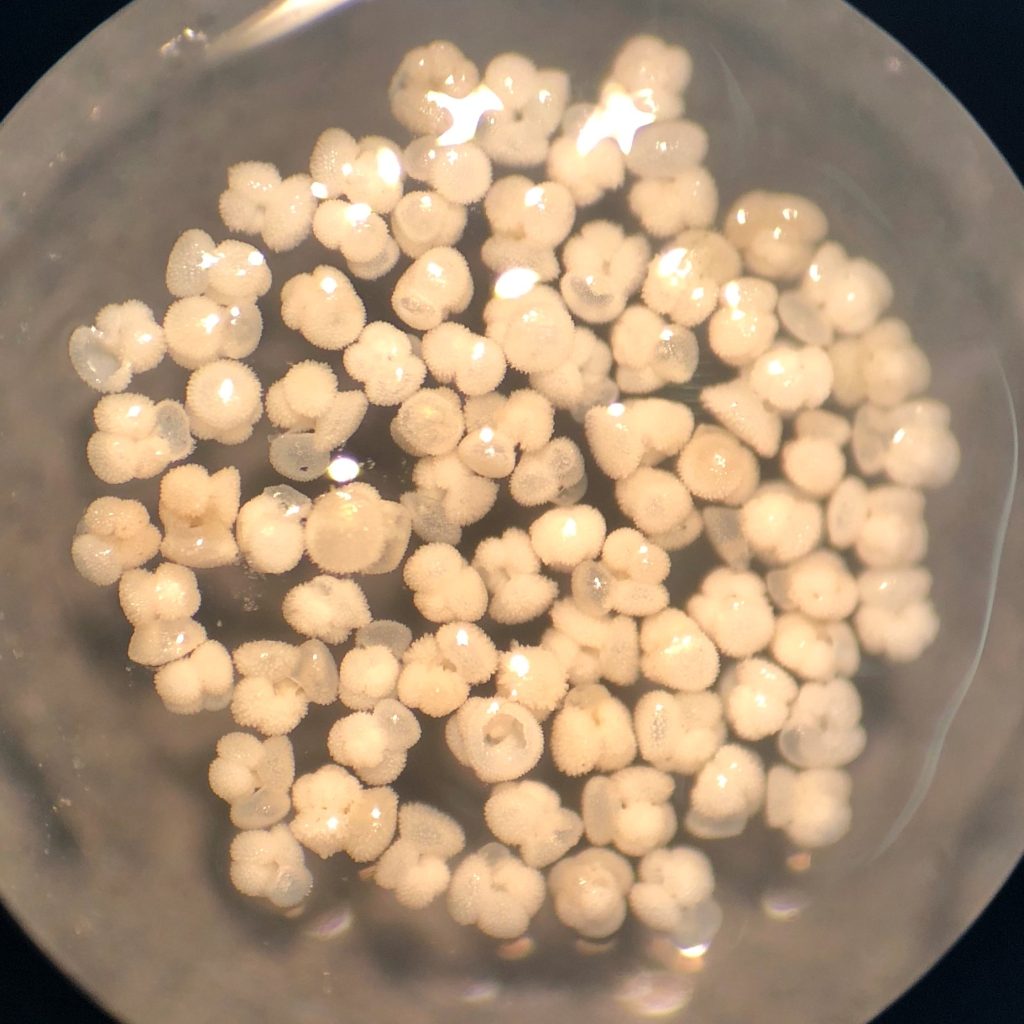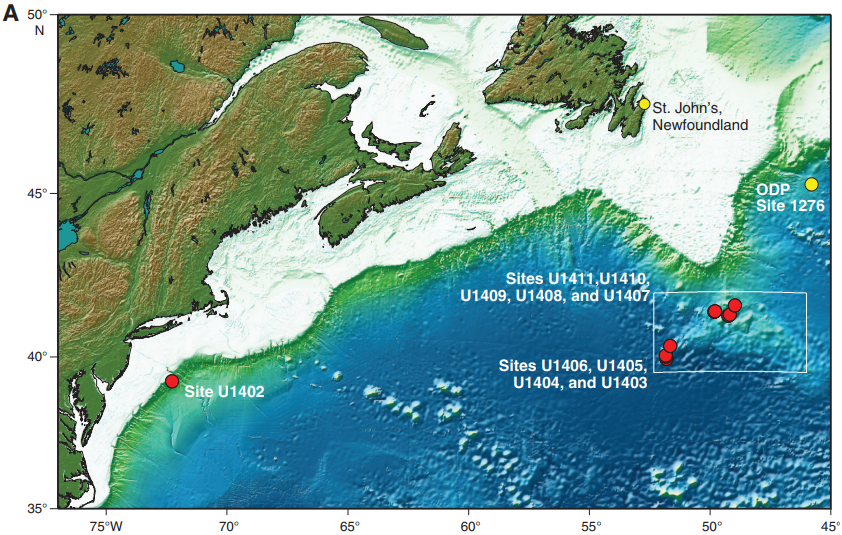First hint global warming disrupted water cycle in past
New NESSC research: first hint that climate change disrupted water cycle in the past.
Rain, wind, and little snow – already we can experience how climate change is affecting the winter weather across Europe. Meteorological data show that more rain falls down during a downpour and winters are becoming wetter. New NESSC research from the Utrecht University provides a first hint that climate change also was able to disrupt the water cycle in the distant past – possibly even influencing ocean currents. The research has been published in the prestigious journal Science Advances.

With the aid of a fairly new research technique the scientists showed that forty million years ago the Atlantic Ocean warmed up considerably after the CO2 concentration in the atmosphere increased. This period of climate change is known as the MECO, a time period when CO2 levels in the air exceeded today’s values by at least two times. The cause of this spike in greenhouse gas concentrations is still being studied by climate scientists today.

Tropical swimming pool
NESSC researcher Robin van der Ploeg, together with his colleagues at Utrecht University, studied the chemical composition of microscopic shells that were buried in the sea floor. He was able to determine the seawater temperatures during the MECO (41 to 39,6 million years ago) in the region offshore Newfoundland (Canada), at about the same location where 111 years ago the Titanic sank after its fateful collision with an iceberg. The intense global warming during the MECO resulted in temperatures of the surface water rising above 26 degrees Celsius, comparable to a modern-day tropical swimming pool. The Titanic would thus have been able to cross the ocean safely, even during winter, during the MECO time period.
The researchers combined their different research techniques with a relatively new method of ‘clumped isotopes’. This analysis not only allows for a good reconstruction of seawater temperatures, but also for a more precise reconstruction of salinity levels of seawater. The scientists found that the ocean water became progressively more saline as water temperatures increased.

Increased evaporation
The scientists explain this heightened salinity by an intensified global water cycle under the influence of global warming: in some areas more seawater evaporated, leaving the ocean water more salty. In other areas more rain fell down – a shift in weather that is similar to what we experience at present with our wetter weather in the Netherlands. The changing salinity is also possibly related to a shift in ocean currents, which is in line with scenarios of a warmer earth. However, to what degree changes in the ocean currents played a role is difficult to determine on basis of this single study, the scientists caution. More data from different locations would first be needed.
Article:
North Atlantic surface ocean warming and salinization in response to middle Eocene greenhouse warming
Robin van der Ploeg, Margot Cramwinckel, Ilja Kocken, Thomas Leutert, Steven Bohaty, Chris Fokkema, Pincelli Hull, A. N. Meckler, Jack Middelburg, Inigo Müller, Donald Penman, Francien Peterse, Gert-Jan Reichart, Philip Sexton, Maximilian Vahlenkamp, David De Vleeschouwer, Paul Wilson, Martin Ziegler, Appy Sluijs
Science Advances, 2023

